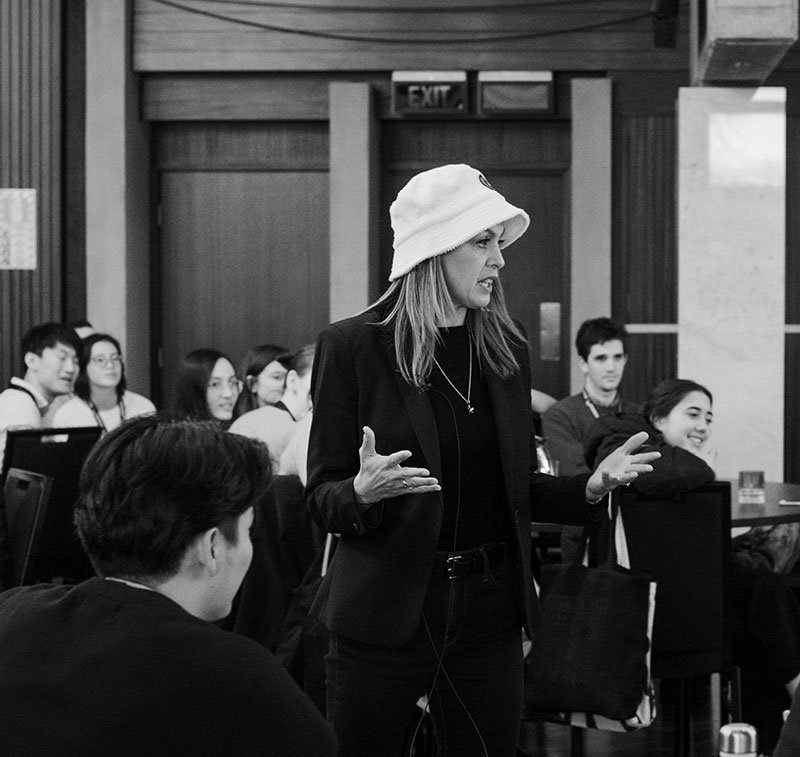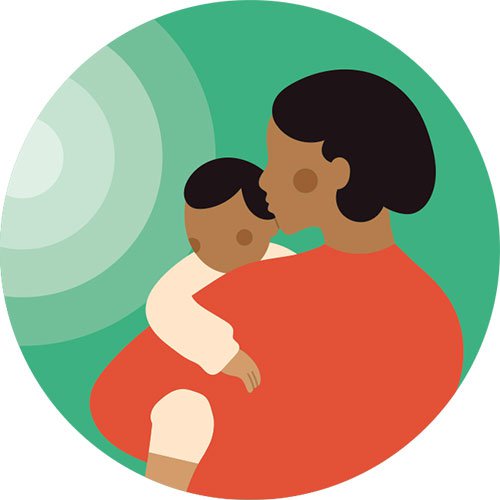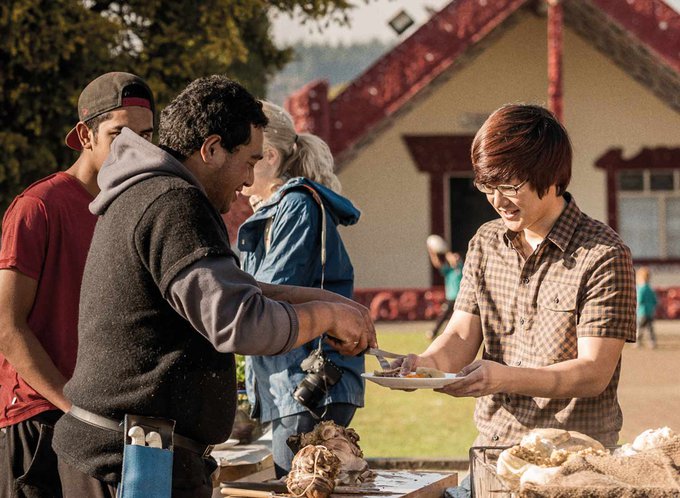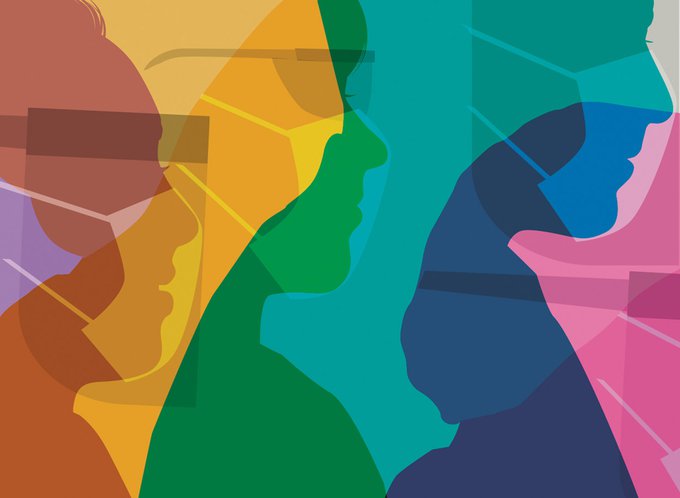The first wahine Māori Dean at the University of Otago, Christchurch, Professor Suzanne Pitama, is helping doctors and medical students bring cultural competency into their consultations with Māori patients and whānau.
A four-step process has been established to help clinicians deliver better health outcomes to their Māori patients, and this tailored approach could help improve the medical process for other underserved communities in Aotearoa New Zealand.
The Hui Process was spearheaded by Professor Suzanne Pitama (Ngāti Kahungunu, Ngāti Whare), a registered educational psychologist with extensive experience in Māori health research and education. Suzanne was elected the first wahine Māori Dean of the University of Otago Medical School in Christchurch in early 2022.

Professor Suzanne Pitama presenting at the 2022 New Zealand Medical Students’ Association Conference.
The Hui Process works alongside the Meihana Model to support clinicians to get the best health outcomes for Māori patients and whānau. Suzanne says it signposts the importance of humanity and indigenous health models in clinical practice.
Theory into practice
The Hui Process is a practical step-by-step guide to help clinicians put the theory behind decolonising the healthcare system into practice, creating appropriate therapeutic relationships with patients and whānau.
It uses Māori principles of greeting, introduction, starting a relationship and closing an encounter, turning these into a four-step process that clinicians can follow when consulting with Māori patients and whānau.
Suzanne developed the Hui Process in collaboration with University of Otago, Christchurch research colleagues Associate Professor Cameron Lacey, Dr Tania Huria, Professor Lutz Beckert, and Dr Matea Gillies.
The Hui Process creates a safe environment to apply the Meihana Model, an extension of the healthcare framework developed by Sir Mason Durie. Built around the concept of Te Whare Tapa Whā, the Meihana model describes health as a wharenui (meeting house) with four walls that represent different types of wellbeing: taha wairua (spiritual), taha hinengaro (mental and emotional), taha tinana (physical), and taha whānau (family and social). This supports a more in-depth assessment and management plan, tailored to individual patients.
While the Hui Process is specifically designed for working with Māori patients, Suzanne encourages clinicians to consider how similar tailored approaches could support communities impacted by health inequities in Aotearoa.
"Every patient needs a tailored approach, and that's really what the Hui Process and Meihana Model are saying," she says.
Countering bias
Suzanne says medical students have not traditionally been taught the real-life impacts health inequities have on Māori, leading to a lack of cultural competency in the health workforce.

"At university we learnt about Māori health inequities and that a treaty was signed in 1840, but it was all theoretical with not a lot of practice. So we've now looked at all the evidence around racism, colonisation and marginalisation and asked how we could apply this to real life."
Research suggests clinicians display more empathy and compassion to patients coming from similar backgrounds to themselves. The data shows the more aligned we are with a patient, the more likely we are to give them care that most closely resembles best practice, says Suzanne.
She says healthcare systems are developed based on the needs of majority groups and that, if you fit into that cohort, the health system works exactly how it should.
"But if you're not a part of it, it won't always work for you because it wasn't designed with you in mind."
There's also evidence Māori are more likely to receive shorter consultation times, with their medical issues attributed to lifestyle choices.
Suzanne acknowledges, however, that doctors do have a lot to juggle.
"Its especially true at the moment with some really stressful health situations and the overburdening of clinician workloads."
"The greatest biases and inequities tend to occur when clinicians are tired and under pressure."
Professor Suzanne Pitama
Taking a practical approach
Suzanne emphasises the practical benefits of the Hui Process and Meihana Model, with clinicians taught what to ask, how to ask it, and how to be comfortable with this approach.
"What maintains this model in your practice is when you can see the fruits of your labour. Māori patients start to respond to you differently, you become clearer about diagnoses and your management plans are more successful. When people start to use this approach, they generally don't go back."
The Hui Process and Meihana Model are now taught at both the University of Otago and University of Auckland medical schools and also used in training for health disciplines including nursing, psychology, occupational therapy, and speech and language therapy. Paramedic training is also tailoring the Meihana Model to its practice.
A vision for equity
Suzanne has confidence today's medical students will act as her successors in championing health equity.
She recently presented an interactive role-play based on the Hui Process and Meihana Model at the MAS-sponsored New Zealand Medical Students' Association's annual conference in Christchurch.
"When I was a student, addressing inequities was described as a pipe-dream. The narrative was about assisting people to get the best out of a bad situation, rather than actually identifying the structural racism that was maintaining inequities. It was never expected that we'd actually change things.
"I've spent my whole career describing inequalities and looking at how our structures and systems maintain them. I'm really hoping our new medical students will have a different narrative to present."
How the Hui Process works

1. Mihi – Greeting
The first step is a mihi, an initial greeting, where clinicians introduce themselves and provide some context for where they fit into the patient's healthcare journey.
Suzanne gives the example of a patient who has been in an emergency department waiting room for hours and has already answered a nurse's questions but might not have clarity on why they're seeing a particular doctor now or what the consultation with them will achieve.
"Instead of just saying, 'Hi, I'm Suzanne and I'm going to be your psychologist today,' it's about explaining why they are seeing you now and being clear on what your kaupapa is for this consultation."
This initial introduction is also a chance to check that they are seeing the correct patient and to explore and identify patient ethnicity.
2. Whakawhanaungatanga – Build relationships
The second stage is whakawhanaungatanga, a word Suzanne breaks into parts: "Literally, whaka is to build, whanaunga is relations and tanga is to enact – so this is the art of building and enacting relationships."
Whakawhanaungatanga is not to be confused with building rapport, says Suzanne, but is a focus on establishing a patient's personal and social history.
"Rapport is asking the patient if it was hard to find a park today, but this is about using aspects of the Meihana Model, like whanau and connections to their land, to build a therapeutic relationship. Whakawhanaungatanga is also about reciprocity, sharing something appropriate about your own background too."
3. Kaupapa – Clinical work
The third step is kaupapa: "What you usually do as a clinician, or the purpose of the encounter, doing an ECG or having a consultation," she says.
4. Poroporoaki – Farewell
Consultations are then closed with poroporoaki, a conclusion that continues the narratives around the patient's health journey already established in previous steps.
"This conclusion to a consultation needs to be really clear. Clinicians need to ask patients, 'Do you have any more questions? What are your initial thoughts? Do you know what's happening next?'"
Know someone who might enjoy this?
Read this next
-
March 2021
Manaakitanga – more than just hospitality
-
March 2022
Forging paths for future leaders
-
July 2022
Shaping a fairer system
-
July 2022
Climate change through a Māori lens
Professional life
See all-
March 2021
Made for today a century ago
-
March 2021
The great brain gain
-
March 2021
A hectic, horrific working holiday
-
March 2021
Smooth sailing for Southern Spars







